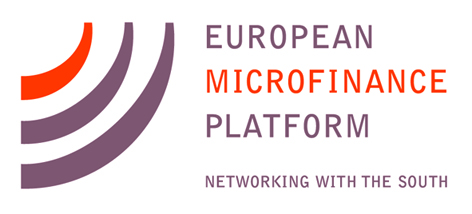Author: e-MFP
It hardly needs saying that Climate Change represents the greatest issue we face today. Slowly – excruciatingly so – action is being taken at the macro level, reining in carbon emissions to attempt to keep global temperature increases within manageable levels. However, tacking Climate Change requires battles on many fronts, and not just on the mitigation side (minimising the actual Climate Change that takes place) but on the adaptation side too: how can we live in a world with a climate different to that we’ve had before? This is the challenge selected as the theme of the €100,000 European Microfinance Award 2019, which launches mid-March. Entitled “Strengthening Resilience to Climate Change”, it highlights the important role of the financial inclusion sector in increasing the resilience of low-income and financially excluded populations vulnerable to the effects of Climate Change.










0